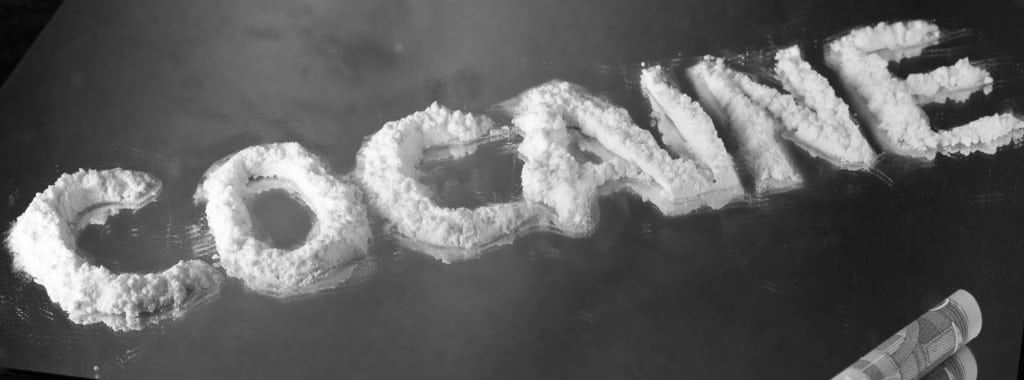
![]()
Cocaine is a popular recreational drug. It is also popular with state and federal drug agents, who make it a priority to arrest cocaine dealers and users.
Cocaine comes in two forms: powder and crack. The public image of powder cocaine was cemented in the 1980s by shows like Miami Vice and movies like Scarface. While people from all backgrounds use powder cocaine, the Hollywood image of cocaine users would suggest that it is the drug of choice for the rich and powerful.
The Hollywood image of crack cocaine is quite different. Television shows like Wired and movies like Losing Isaiah give the impression that all crack dealers are thugs who live in housing projects while all crack users will sell everything they own (including their bodies) to pay for another rock of crack.
When it comes to drugs, Hollywood distorts the truth. So do drug agents and politicians. It is true that crack is more prevalent in minority communities, probably because it tends to be less expensive than powder cocaine. That may explain why lawmakers demonize crack cocaine and create harsher penalties for crack than for powder. That’s unfair since the difference between crack and powder cocaine has more to do with the delivery system (smoking versus inhalation) than the chemical composition of the drug.
In my practice, I have represented people accused of crimes involving both powder and crack cocaine. They come from all walks of life and from all racial, ethnic, and economic backgrounds. Whether they use crack or powder, long-term cocaine users tend to have just one thing in common: addiction. Once they get hooked on cocaine, their lives begin to deteriorate. They need treatment to get their lives back on track.
COCAINE VERSUS CRACK
Most of the cocaine in the United States comes from Columbia or other countries in the Andean region of South America. Cocaine is extracted from coca leaves, producing a substance called “coca paste.??? That process usually takes place in the countries where the coca leaves are harvested.
Coca paste is sent to clandestine laboratories, usually in South America or in Mexico, where it is refined into cocaine hydrochloride, better known as “powder cocaine.??? Before or after it is smuggled into the United States, dealers add a “cutting agent??? to pure cocaine to market a diluted form of the drug.
Powder cocaine is a white, crystalline substance that users usually inhale. It produces a quick blast of energy and hyper-awareness. Unfortunately, to maintain that sensation, users need to keep taking the drug. Many users become both physically and psychologically addicted.
Crack cocaine is manufactured by mixing cocaine hydrochloride with baking soda and heating it in water. The resulting precipitate takes on a hardened form when it cools. That accounts for the description of crack as “rock??? cocaine. Unlike powder cocaine, a crack can be smoked, allowing quicker delivery of the drug to the brain. For that reason, the sensation of smoking crack may be more intense than inhaling powder, but the two forms of the drug are otherwise essentially the same.
COCAINE USERS NEED HELP, NOT JAIL
Cocaine gives users a temporary sense of power, even invincibility, but the sensation is an illusion. It is the drug that has the power, not the user. The drug has the power to take over the user’s life. Some people are able to use cocaine from time to time without suffering from addiction, but others begin to crave the drug. They spend more and more of their time and money chasing the high that cocaine provides.
Not all dealers begin as users, but many of my clients who are charged with selling cocaine or crack began selling the drug to make the money they need to buy it for their own use. That rarely matters to judges, who have accepted the circular reasoning that all cocaine dealers are evil because they furnish a dangerous drug to users and all cocaine users are evil because they create a market for dealers.
Other than guaranteeing full employment for drug agents, I see no societal benefit from using the criminal justice system to attack the cocaine problem. Addiction is a public health problem. My drug clients need treatment, not incarceration. Cocaine addiction is difficult to overcome, but it can be done. A substantial majority of cocaine users who go to jail without receiving treatment return to cocaine use soon after being released.
My job as a cocaine defense lawyer is to defend my clients. At the same time, I hope that I can help them. The best way to help people with a cocaine problem is to get them out of the criminal justice system and into treatment. If society focused on treatment rather than punishment, cocaine users would get the help they need.
